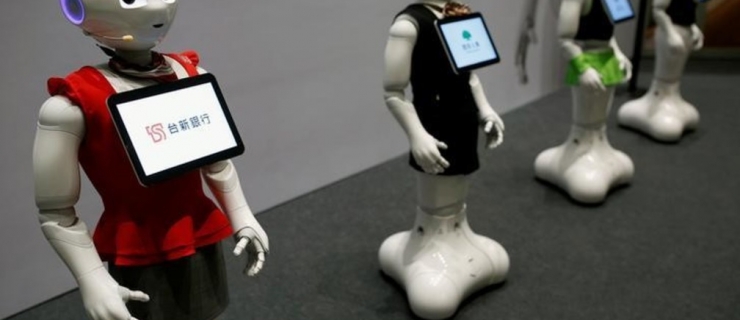
What is your ideal robot partner? Can you change diapers for your baby? Can you send water for your tea? Can you bring out the perfect cocktail for you? There is no doubt that many ideal robots are human substitutes. They can be housekeepers, waiters, close friends, or warm-hearted men. If this is the case, then the question arises: How many future robot partners should be like humans?
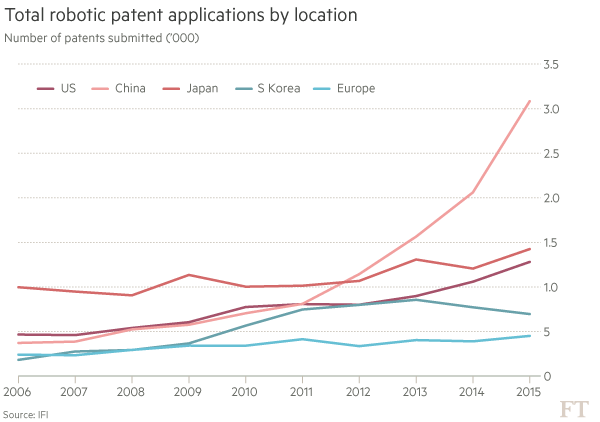
(From 2006 to 2015, U.S., China, Japan, Korea, and Europe, the number of patent applications of the machine line chart)
In general, robots can provide useful help to human beings within the scope of social acceptance. This means that the primary purpose of human-made robots is to help humans, especially those special groups such as the elderly, children with autism, or the disabled. At the same time, they generally help people in specific situations: in houses, nursing homes, or hospitals.
At the beginning of the 20th century, vacuum cleaners were born. After that time, technology changed the family life. Now that we have robotic chefs, it was built by the startup company Moley Robotics, which can make more than 2,000 different dishes, and made its debut at the 2015 Consumer Electronics Show in Asia.
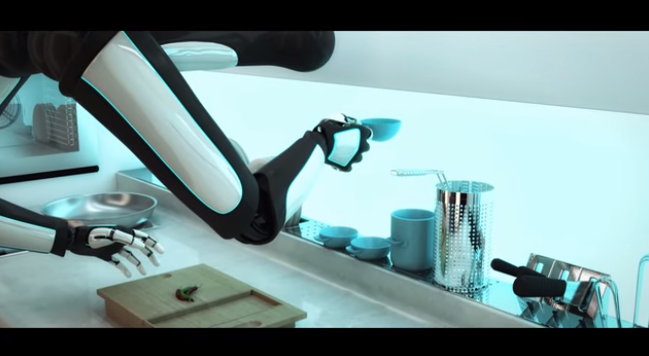
The Robot Pepper created by Aldebaran Robotics is a great example of a humanoid robot. It can help humans make choices, recognize facial expressions, and communicate with humans. Pepper can sense human emotions and react accordingly, so it can also take care of humans. Now, only research institutes and Japanese residents can purchase Pepper robots, and Japanese residents purchase £8710.
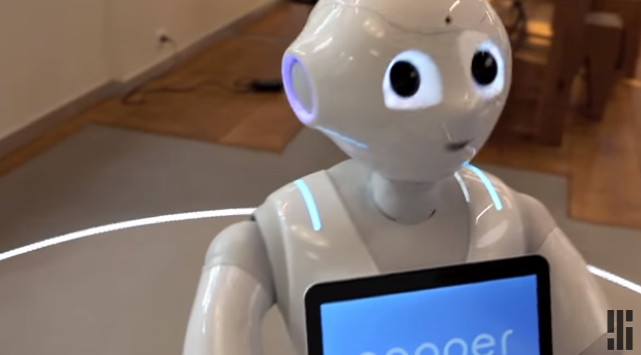
Robots can also replace pets. Paro is a robot seal, the purpose of which the developer created it is to accompany and comfort the elderly and become the intimate jacket of the elderly.

Sometimes people create robots not to make it a good partner for humans. Take Roomba, an intelligent vacuum cleaner, Ja-Young Sung and colleagues from Georgia Institute of Technology found that in order to make Roomba work better, people will pay more attention to tidy and will guide Roomba's work. Although many robots actively encourage humans to communicate with them, most robots will first wait for human instructions before they begin to act.
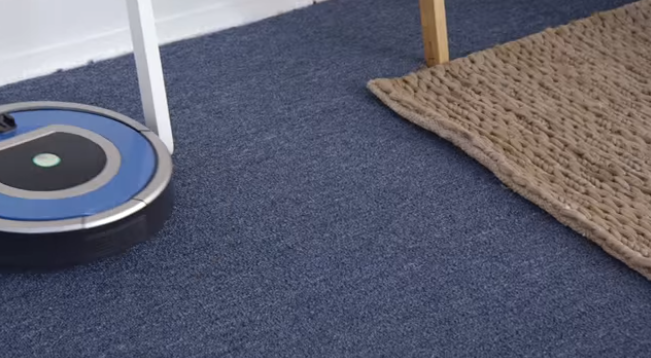
With the development of AI and technology, we have now been able to develop more intelligent, more "human-like" robots. Last year, some of them were made public, such as the receptionist robot Nadine, the singer robot Yangyang, and the robot Aiko Chihira who could use sign language to communicate.
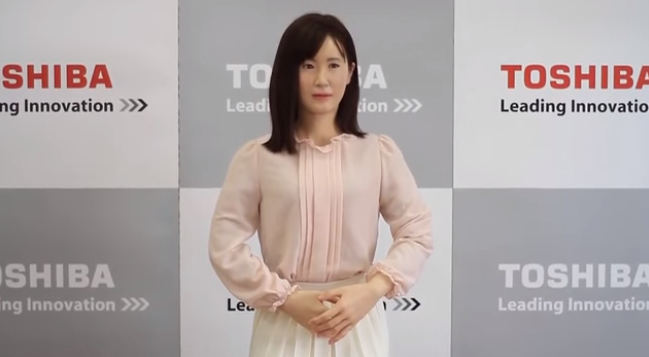
In fact, machines and robots are very different. Although the famous Turing test has been introduced into machine testing, it is not so simple to introduce it into robot testing. Now, we don't have a standard to test the robot's "human-like" level, but we may have it in the near future. However, all robotic research teams seem to agree that robots have been able to display their social awareness and personality, and can understand and understand people's language and expression.
But do we want robots to behave more like humans? Or do you want robots to be more like us? Some people may say: Yes.
However, some people say that making robots too smart is too dangerous. Now, we are still in the early stages of research on robot perception. Although AI has been able to accomplish many extremely difficult tasks (such as Alpha Go), we have not yet developed AI that is very similar to human thinking.
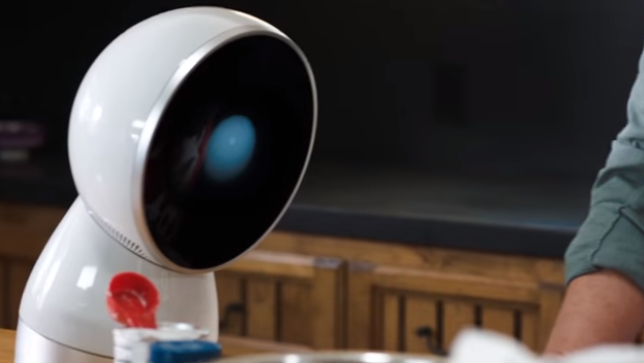
Now, the purpose of robot development is either to find a good partner for human beings or to accomplish tasks for humans. For example, Jibo is a robot capable of talking, ordering meals, reminding you when needed, and taking pictures of you; Roomba is a smart vacuum cleaner.
Who will operate the robot: Are you still the robot itself?It also depends on people's needs when it comes to what type of robot to build. Our recent research shows that: The more people care about robots and the more they want to control robots, the more the robots will look like human beings and the more they are willing to do things for humans.
We conducted a survey on who operated the robot. Participants can choose to operate the cleaning robot themselves, operate the robot remotely to operate the cleaning robot, or wait for the cleaning robot to operate on its own initiative. The end result is that most people want robots to operate on their own initiative.
This result shows that from the computer to smart phones, from smart watches to smart appliances, people in the world today are accustomed to technology. People enjoy the benefits of these semi-automated technologies, and science and technology are constantly evolving. The companionship of customary robots is the result of the next step in evolution.
In the future, we will see more robot partners who can integrate into our lives, understand our hobbies, and provide customized services for us. We can also buy them in stores, just as we can buy vacuum cleaners and mobile phones. By then, robots will be as common as mobile phones. Finally, each of us will have a robot.
Via:World Economic Forum
Front Terminal Lead Acid Battery
Front End Terminal Battery,High Performance Battery,Fit 23-Inch Rack Battery,Fit 19-Inch Cabinet Battery
Wolong Electric Group Zhejiang Dengta Power Source Co.,Ltd , https://www.wldtbattery.com